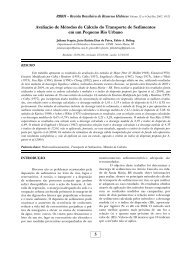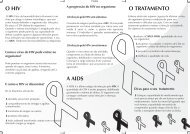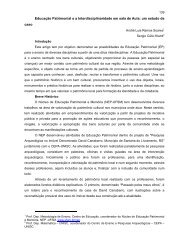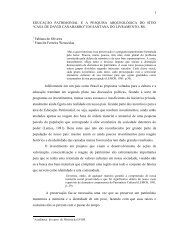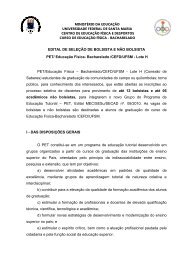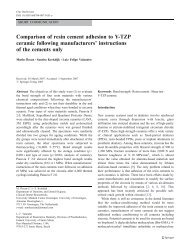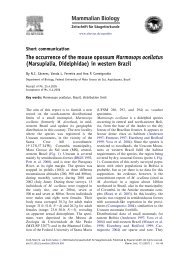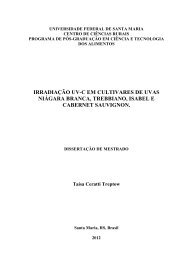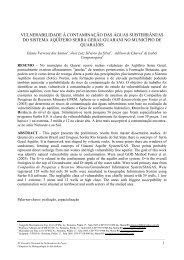Dissertação Paula Mattanna - UFSM
Dissertação Paula Mattanna - UFSM
Dissertação Paula Mattanna - UFSM
Create successful ePaper yourself
Turn your PDF publications into a flip-book with our unique Google optimized e-Paper software.
egarding the costs from Elsevier after receipt of your accepted article. Please note:<br />
Because of technical complications which can arise by converting colour figures to<br />
'grey scale' (for the printed version should you not opt for colour in print) please<br />
submit in addition usable black and white prints corresponding to all the colour<br />
illustrations. Preparation of electronic illustrations General points• Make sure you use<br />
uniform lettering and sizing of your original artwork.<br />
• Save text in illustrations as "graphics" or enclose the font.<br />
• Only use the following fonts in your illustrations: Arial, Courier, Helvetica, Times,<br />
Symbol.<br />
• Number the illustrations according to their sequence in the text.<br />
• Use a logical naming convention for your artwork files.<br />
• Provide all illustrations as separate files.<br />
• Provide captions to illustrations separately.<br />
• Produce images near to the desired size of the printed version.<br />
A detailed guide on electronic artwork is available on our website:<br />
http://www.elsevier.com/artworkinstructions You are urged to visit this site.<br />
Preparation of Supplementary Data<br />
Elsevier now accepts electronic supplementary material (e-components) to support<br />
and enhance your scientific research. Supplementary files offer the Author additional<br />
possibilities to publish supporting applications, movies, animation sequences, highresolution<br />
images, background datasets, sound clips and more. Supplementary files<br />
supplied will be published online alongside the electronic version of your article in<br />
Elsevier Web products, including Science Direct: http://www.sciencedirect.com. In<br />
order to ensure that your submitted material is directly usable, please ensure that<br />
data is provided in one of our recommended file formats. Authors should submit the<br />
material in electronic format together with the final version of the article and supply a<br />
concise and descriptive caption for each file. For more detailed instructions please<br />
visit our artwork instruction pages at http://www.elsevier.com/artworkinstructions.<br />
Copyright<br />
All authors must sign the 'Transfer of Copyright' agreement before the article can be<br />
published. (for more information on copyright see<br />
http://www.elsevier.com/locate/authorsrights). This transfer agreement enables<br />
Elsevier Ltd to protect the copyrighted material for the authors, but does not<br />
relinquish the author's proprietary rights. The copyright transfer covers the exclusive<br />
rights to reproduce and distribute the article, including reprints, photographic<br />
reproductions, microfilm or any other reproductions of similar nature and translations.<br />
It includes the right to adapt the article for use in conjunction with computer systems<br />
and programs, including the reproduction or publication in machine-readable form<br />
and incorporation in retrieval systems. An author, when quoting from someone else's<br />
work or when considering reproducing an illustration or table from a book or journal<br />
article, should make sure that copyright is not being infringed. Authors are<br />
responsible for obtaining from the copyright holder permission to reproduce and<br />
figures for which copyright exists. Although in general an author may quote from<br />
other published works, permission from the holder of the copyright should be<br />
obtained if substantial extracts are taken or tables, plates, or other illustrations are<br />
reproduced. If the copyright-holder is not the author of the quoted or reproduced<br />
material, it is recommended that the permission of the author should also be sought.<br />
Material in unpublished letters and manuscripts is also protected and must not be<br />
92




